On World Food Day, a look at the role of water for more resilient and sustainable food systems.
By Niroshini Fernando, Deputy Head of Communications and Knowledge Management, International Water Management Institute

Water is essential for all life on earth and is central to the healthy functioning and sustainability of the Earth’s ecosystems. But what about the profound impact of water on our food systems?
The Food and Agriculture Organization highlights that 3.2 billion people already live in regions facing high to very high water shortages. The UN’S World Water Assessment Report goes further, revealing that almost half of the world’s population grapples with potential water scarcity for at least one month each year. Additionally, the challenges of climate change, shifts in land use, biodiversity loss, urbanization and evolving lifestyles and diets are altering natural water cycles and resource availability, impacting food systems. All this while agriculture accounts for 72% of global freshwater withdrawals.
How can we turn things around? On a paper published last year, researchers with CGIAR’s Initiative on NEXUS Gains offer hope for food systems transformation through water, and discuss seven intervention areas to bring together water and food:
1. Protecting nature’s water guardians
The ecological processes that control how water moves, is stored and changes are vital to sustainable food systems. Water-dependent ecosystems safeguard water quality and provide essential services, but are under severe risk due to deforestation, erosion and pollution, impacting water cycles globally. In addition to taking measures to directly halt the destruction of these vital ecosystems, to tackle these challenges we need to prioritize nature-based solutions that mimic natural processes to enhance water availability and quality. We must also reduce risks from water-related disasters and climate change.
Read: Future-proofing the emergency recovery plan for freshwater biodiversity
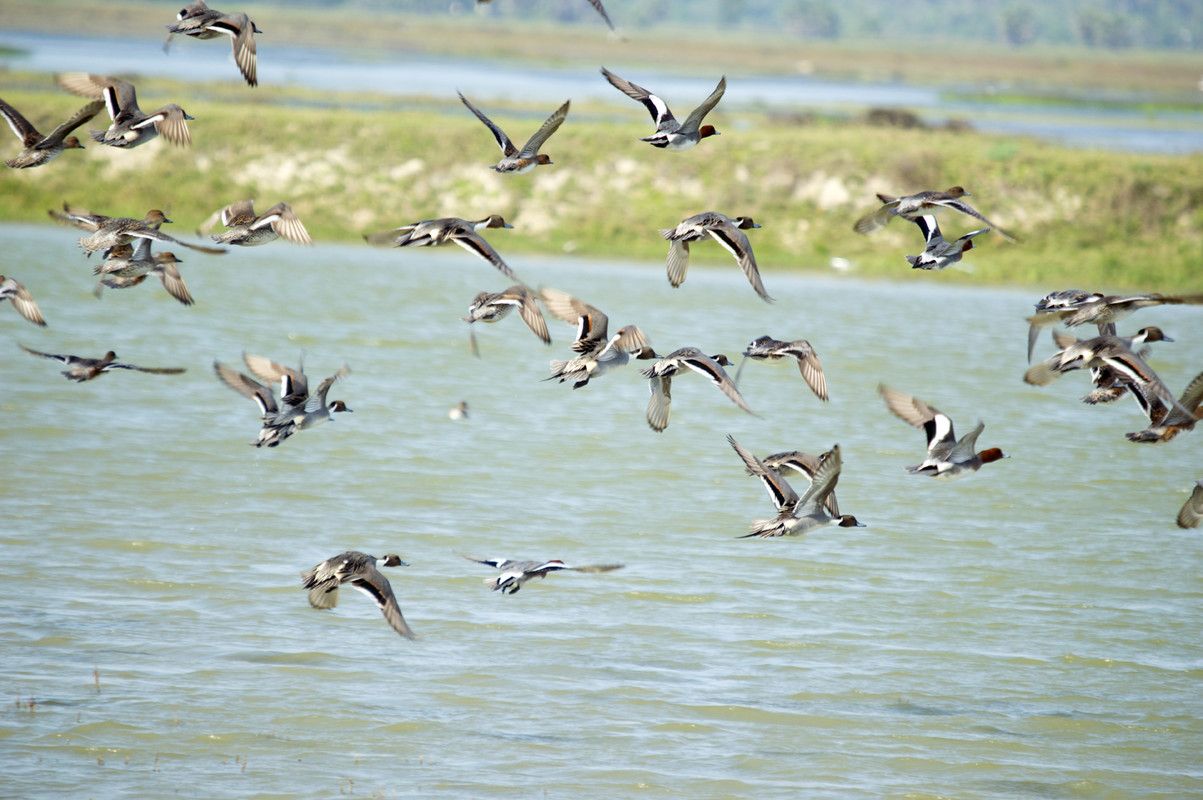
2. Better managing agricultural water
Around 3 billion people cannot afford a nutritious diet, which relies on dairy, fruits, vegetables, and protein-rich food. Rainfed and irrigated systems are vital for affordable, diverse, and nutrient-rich food. Irrigation helps produce 40 percent of the world’s food in only 20 percent of agricultural areas. While acknowledging the tremendous potential for water conservation, developing irrigation systems requires environmental limits to be set in place, for example, limiting groundwater depletion. Water management is also crucial in rainfed areas, which are facing growing stress due to climate change.
Agriculture also contributes to water pollution, and addressing water pollution in food production, food safety and ecosystems is vital for better agricultural water management.
Read: Water quality in agriculture: Risks and risk mitigation
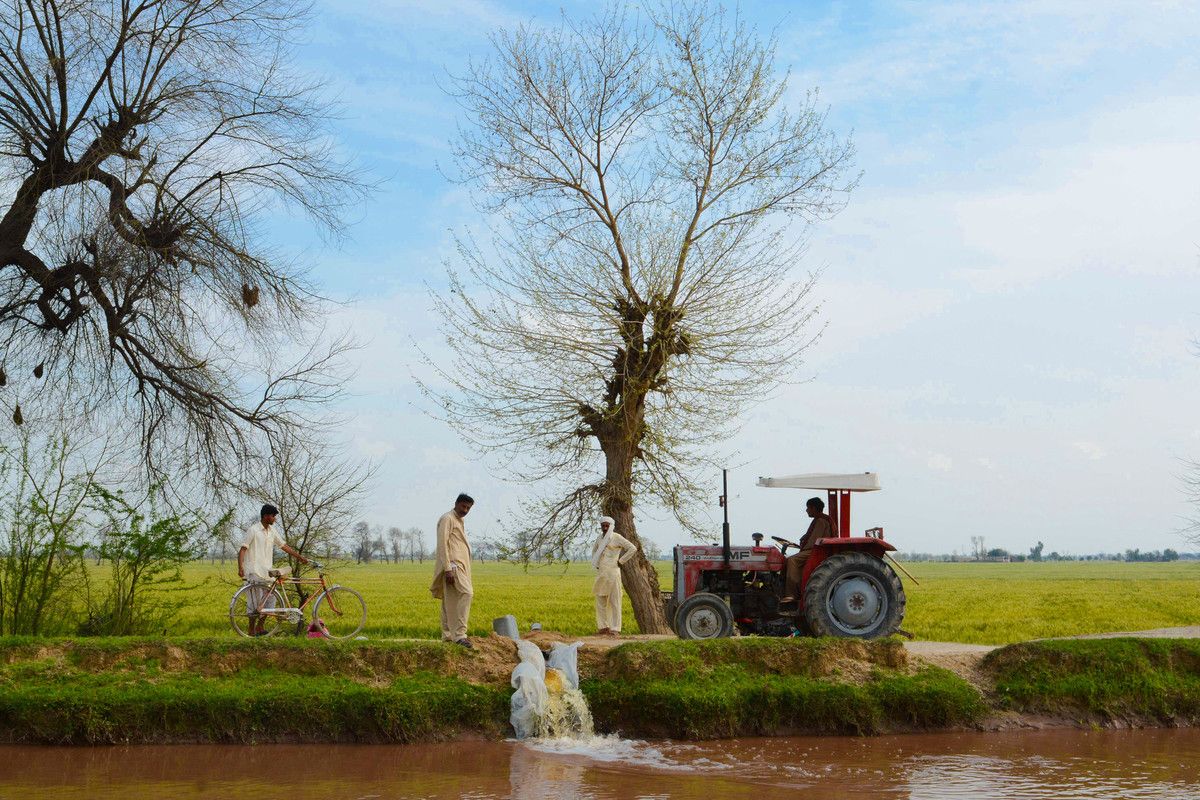
3. Winning against water and food loss
High-value, perishable crops like fruits and vegetables often rely on irrigated water. Maximizing the benefits of these crops requires strengthening market linkages, investment in infrastructure for efficient on-farm production, value addition, and transportation.
When we waste food, we are also wasting the water and nutrients used to produce it. Better food waste management from reduction to resource recovery is therefore an important target of the circular economy. A study conducted in 2021 found that common methods of food rescue or recovery can present legal and logistical challenges, as food safety is a major concern. It requires a set of minimum food safety guidelines to ensure that the food being donated remains suitable for human consumption, meeting public health standards.
Read: Business models for urban food waste prevention, redistribution, recovery and recycling
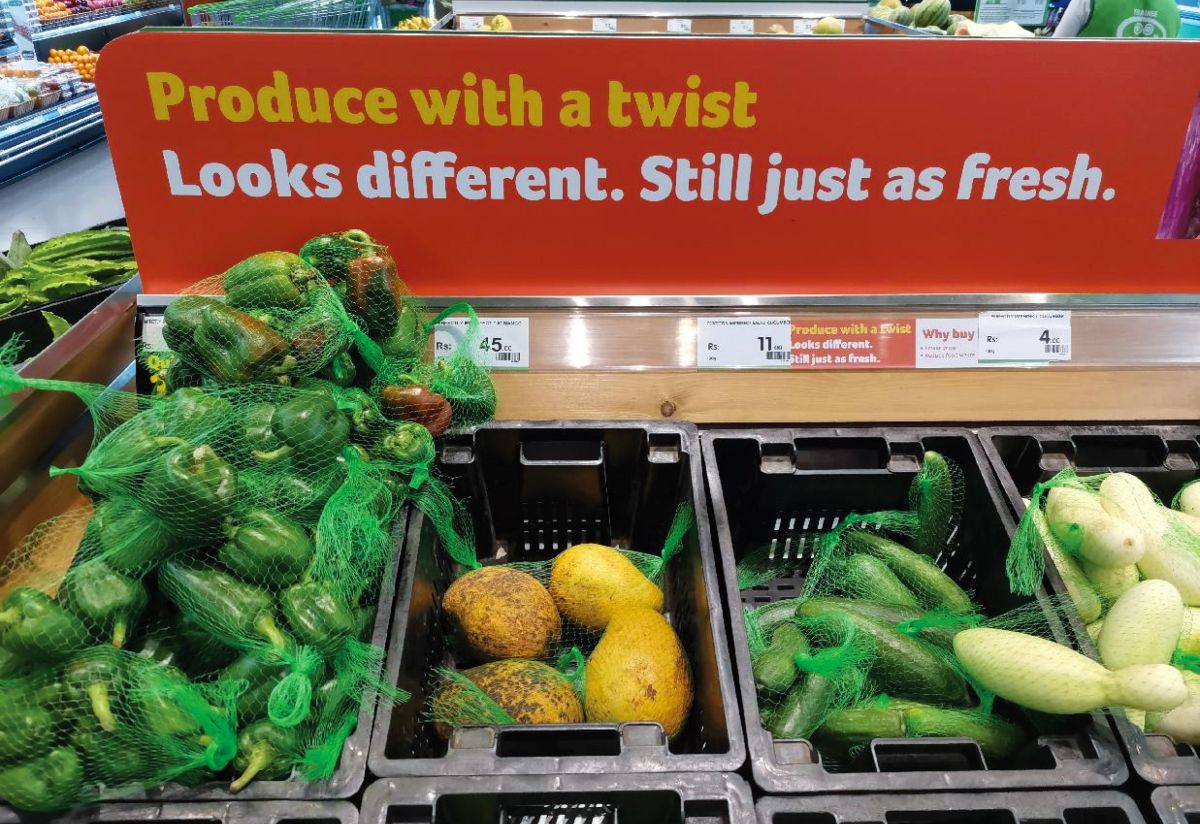
4. When water meets nutrition and health
Enhancing food security, nutrition, and health, and increasing agency for women requires urgent coordination between water, sanitation and hygiene (WASH) and irrigation. Some promising approaches include designing water systems that cater to both productive and domestic needs, training extension officers on nutrition sensitive irrigation, and aligning irrigation with health needs.
Nutrition and health experts should work alongside water managers at all levels to strengthen the connections between agriculture, food, and nutrition security.
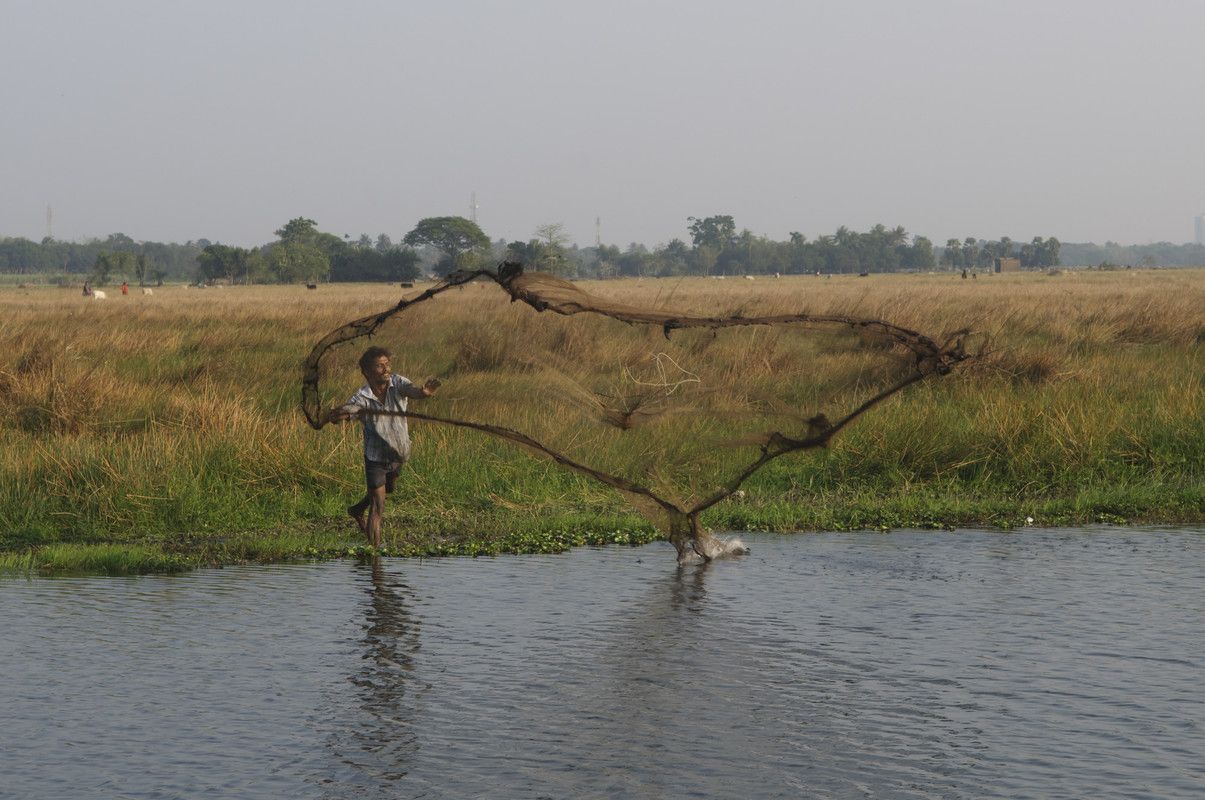
5. Eco-warriors of food systems
Environmental sustainability in food systems is not limited to just production, but also extends to consumption patterns. The water footprint of diets varies widely between rich and poor countries, and even among socio-economic groups within countries.
To promote sustainability, food-based dietary guidelines should incorporate environmental considerations, as evidenced in countries like Brazil and Sweden. In addition, regulation and awareness efforts should address over-consumption, which includes the water footprint of food.
Read: Human health impacts of dams and reservoirs: neglected issues in a One Health perspective
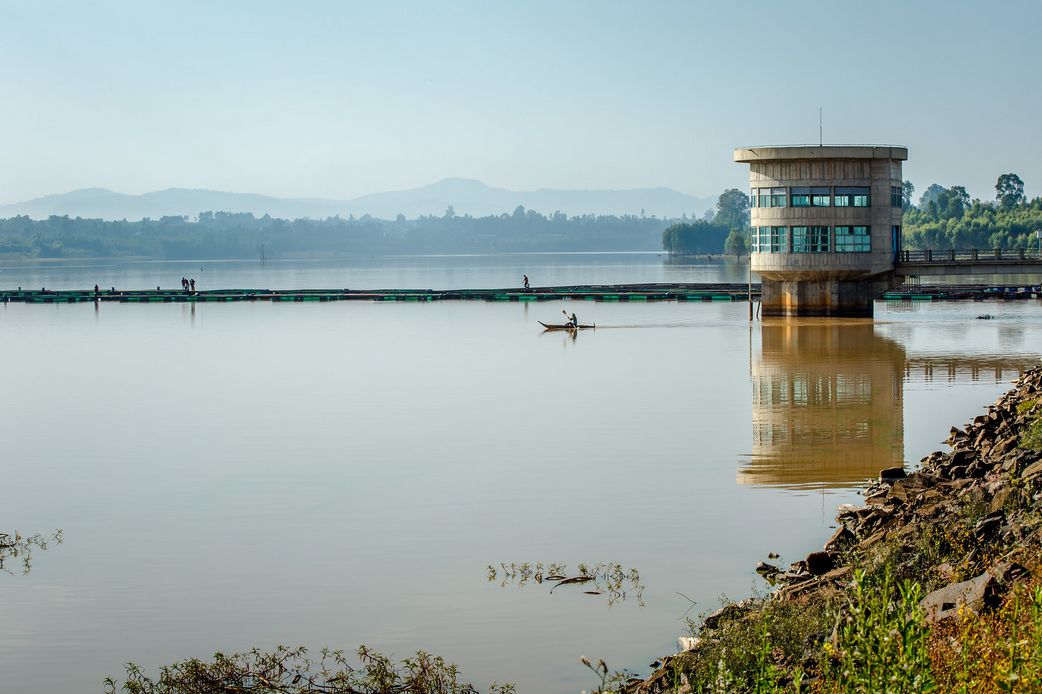
6. Bridging the inequality gap
Vulnerable groups – particularly women, minorities and the disabled – must be included in water services development. This means incorporating their needs and constraints into infrastructure design.
In rural areas of the Global South where smallholders face water and food insecurity, irrigation design should consider the multiple uses of water, including drinking, irrigation, and livestock watering, to meet both women’s and men’s needs. Promoting women’s roles in agriculture and providing training in irrigation and water management has significant benefits for food security.
Read: Empowering rural women with multiple-use water services
7. More data, more innovations
Effective management begins with measurement. More and better data is needed to fully grasp the linkages between water and food systems and develop policies that optimize water, food security and nutrition goals. Enhanced and more comprehensive data are the key to better water management, food systems and informed decision-making. But this demands ongoing investments in global monitoring of a wide range of hydrological and food-related parameters; complimented by digital innovations to support larger-scale assessments.
Together, these seven interventions can reshape our food systems, but they can only work if there is political will and increased agency for the primary water users and food producers. It’s time to acknowledge that without water security, there is no food security. This World Food Day let’s set a place for water at the table, right next to food.

